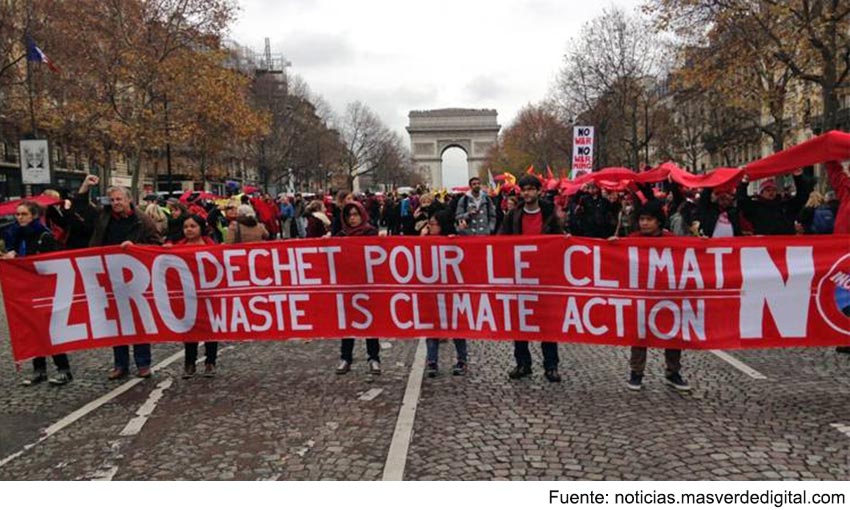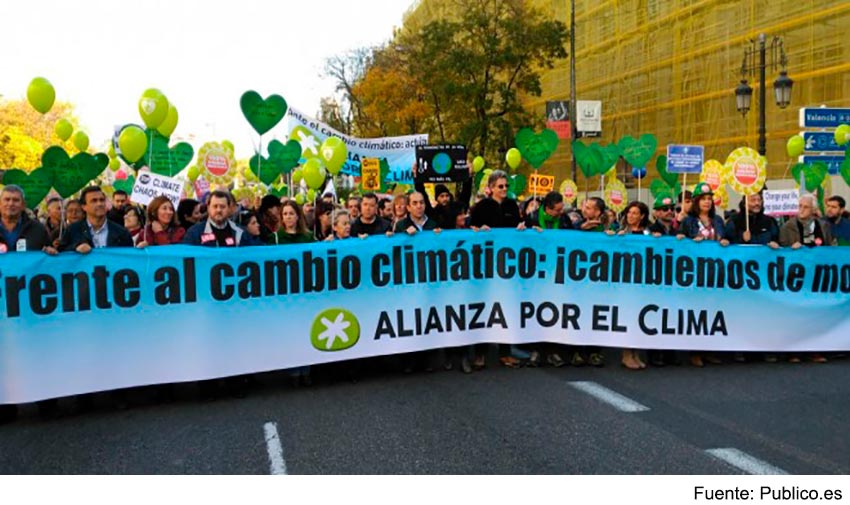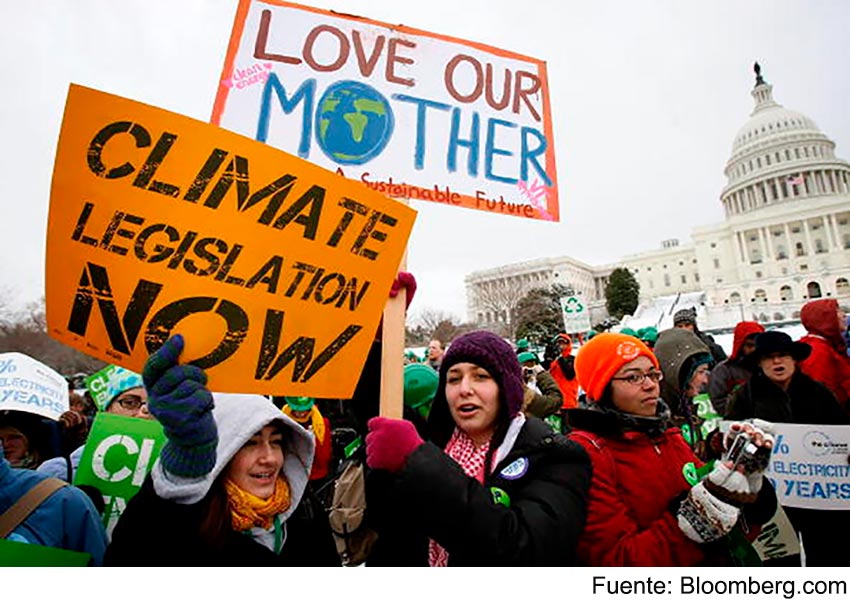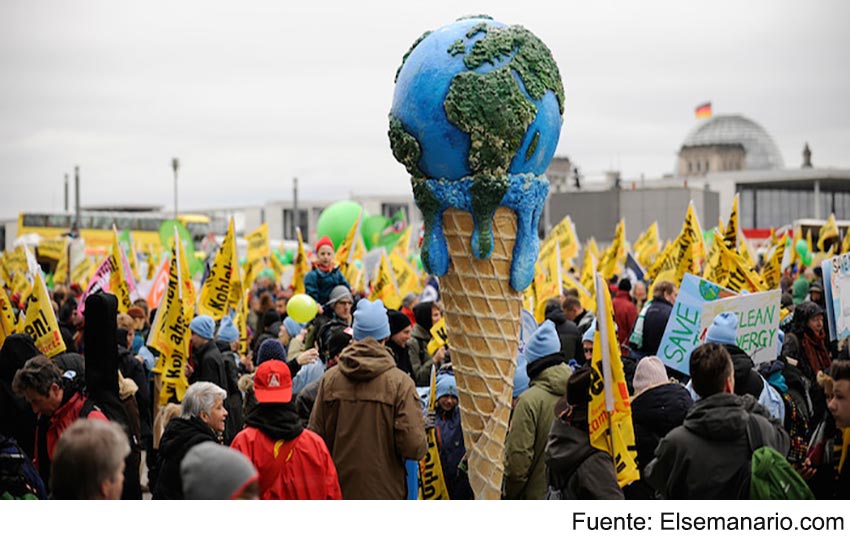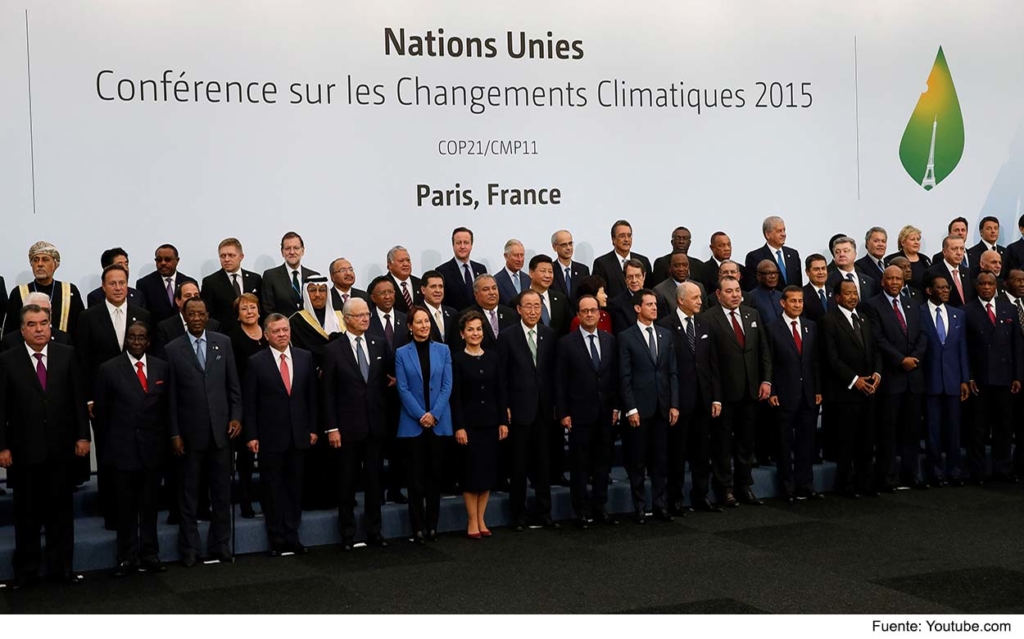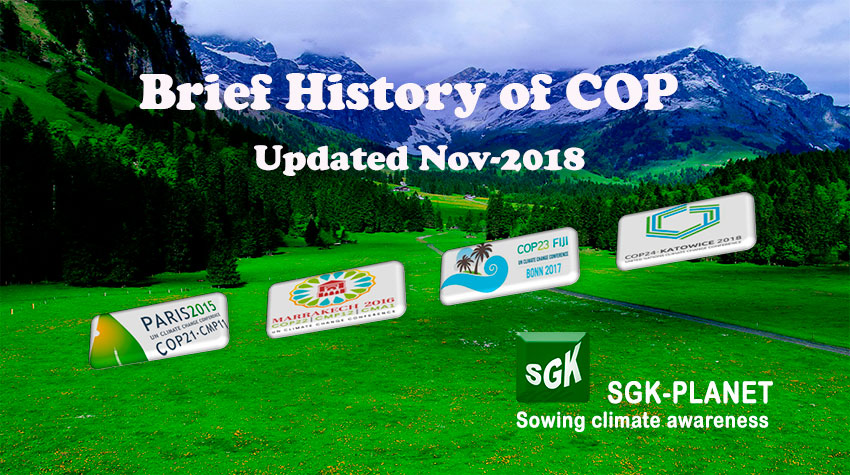Magazine all about the Paris Agreement
Never had an agreement like that of Paris been obtained
The Paris Agreement is an ambitious global agreement to combat climate change, negotiated during COP21, Paris 2015, the twenty-first Conference of the Parties to the Paris Agreement on climate change. The landmark document has been adopted by 197 countries and its signature officially began on April 22, 2016, Earth Day, and entered into force on November 4 of that same year.
It initially aimed to limit the global temperature rise to 2°C, starting from the pre-industrial era, by reducing greenhouse gas (GHG) emissions, caused primarily by fossil fuels such as oil, gas, and coal. Setting targets for a 50% reduction by 2050 and a net 0% reduction by 2100
However, a subsequent report by the IPCC (United Nations Intergovernmental Panel on Climate Change) warns that crossing the 1.5°C threshold risks unleashing much more serious climate change impacts, so the limit is adjusted to that temperature.
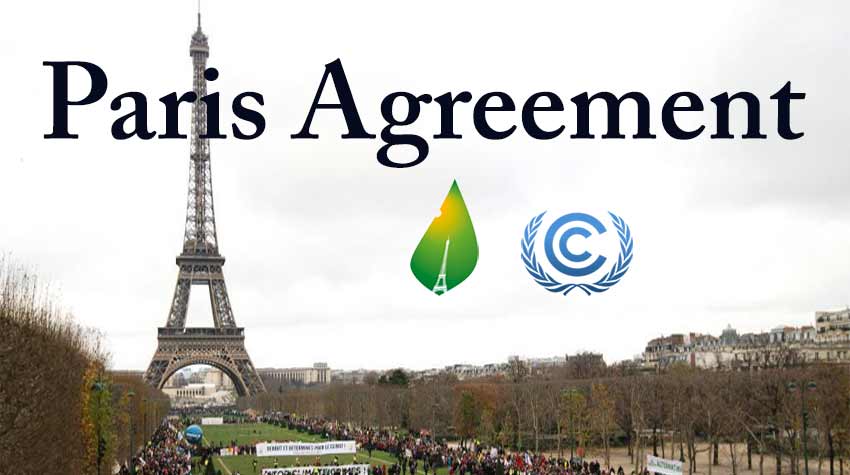
The scenario where the Paris Agreement was negotiated

The Paris Agreement in pics and videos
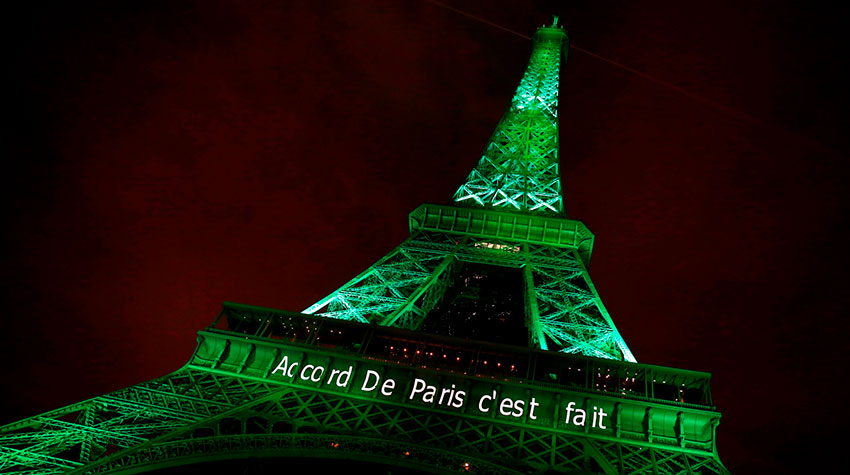
Source: Jacky Naegelen Reuters Files
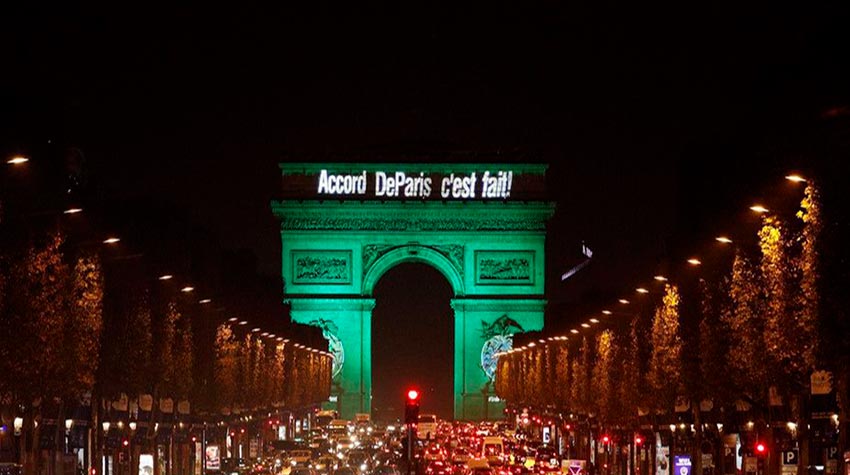
Source: Yoan Valat-EPA-REX/Shutterstock
The Paris Agreement document

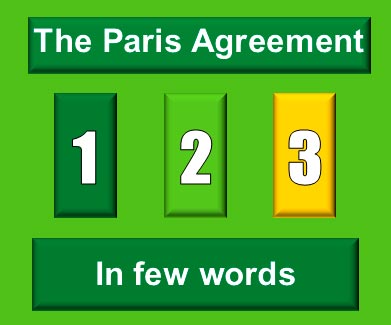
To read the full document
Is the Paris Agreement credible?
The massive media coverage that COP21 received contributed to many nations, organizations and individuals raising their eyes and becoming awareness of climate change and its serious consequences on our planet if we do not take decisive and effective actions to avoid them. However, we should not let ourselves be carried away by excesses of optimism and from now on it will be more prudent to see what the signatory nations are doing instead of believing us to the letter of the acquired commitments.

How the Paris Agreement was reached

How was the route to COP21 in 2015
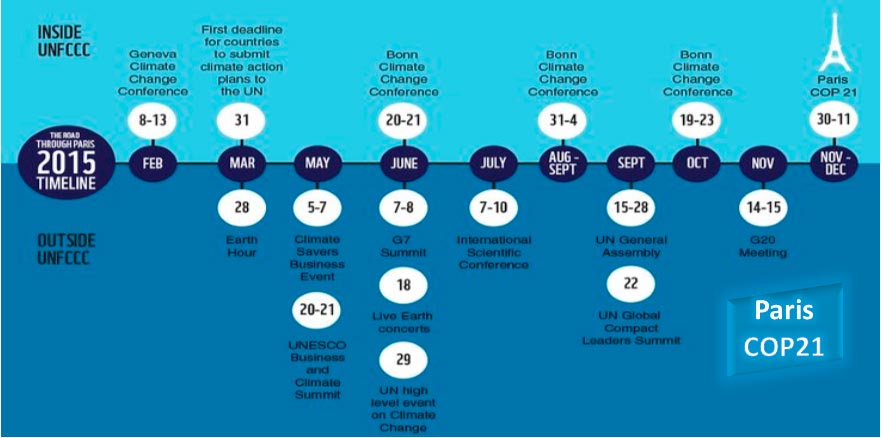
Past, present and future: the road map of the Paris Agreement
2015
It was negotiated in December at the COP21 – Climate Change Conference
2016
On April 22, Earth Day, his signature began
2016
On November 4 came into force, when the signature of 55% of countries was reached
2017
The Talanoha Dialogue is created
2018
COP24 Previous meeting of signatory countries to refine their plans for 2020
2019
COP25 will be held, a year of adjustments prior to countries submitting their national climate action plans.
2020
Year of presentation of the national climate action plans of the signatory countries of the Paris Agreement, known as nationally determined contributions (NDCs)
2025
Year of presentation: presentation of compliance and adjustment of goals for nationally determined contributions (NDCs), in order to achieve the goal proposed for 2030
2030
Review of countries’ actions to reduce fossil fuels and greenhouse gas emissions, in order to achieve the 2050 temperature target
2050
50% is the goal of reducing emissions of Greenhouse Gases
2100
Target year to reduce emissions of greenhouse gases to zero
What are the objectives of the Agreement?

The main objective of the Paris Agreement is to fight against climate change to limit the increase in global temperature to 2 ° C, before the end of the century after the pre-industrial era. In addition, it is urged that additional measures be taken so that the global temperature does not exceed 1.5 °C
How will the objectives be achieved?

To achieve this goal, greenhouse gas emissions must be reduced, those that come from fossil fuels, until their total eradication. Through the premise of “Zero fossil fuels”, it is intended to replace them with renewable, alternative or clean energy.
What measures does the Agreement propose?

The Paris Agreement proposes measures to combat climate change such as mitigation, adaptation and resilience. To help countries with fewer resources, the Green Climate Fund has been created to help them meet their objectives.
Three keys to the Paris Agreement in the fight against climate change
Mitigation

It is a term that means to attenuate or soften a negative thing, such as an illness or a headache. In the case of global warming, mitigation refers to the reduction of GHG emissions. They also include the improvement of the sumps to increase the absorption capacity of said gases. Also considered are programs such as carbon or energy taxes, and incentives for voluntary GHG reduction and its replacement by clean energy.
Adaptation
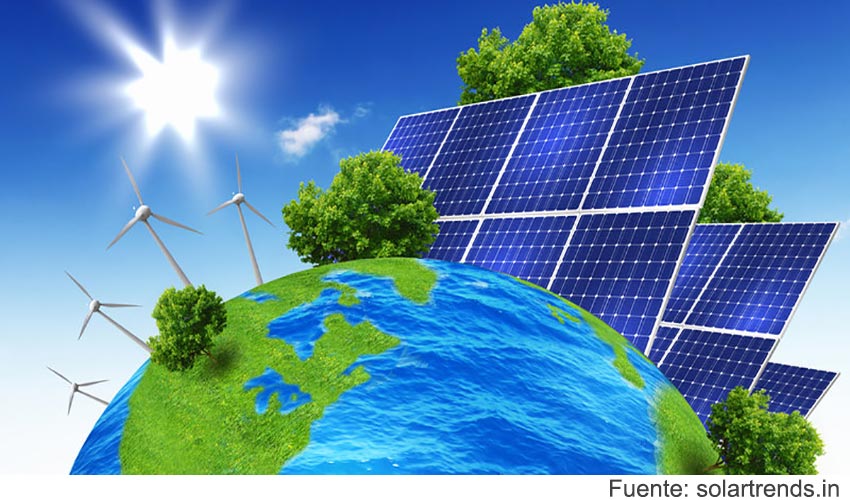
It refers to the actions that must be taken to prevent unwanted changes. In the case of global warming, adaptation includes initiatives and measures to reduce the vulnerability of natural and human systems to climate change. Countries and communities must implement preventive measures and practices to avoid probable harm. Short and long-term measures must be contemplated, through environmental management, planning and disaster management.
Resilience
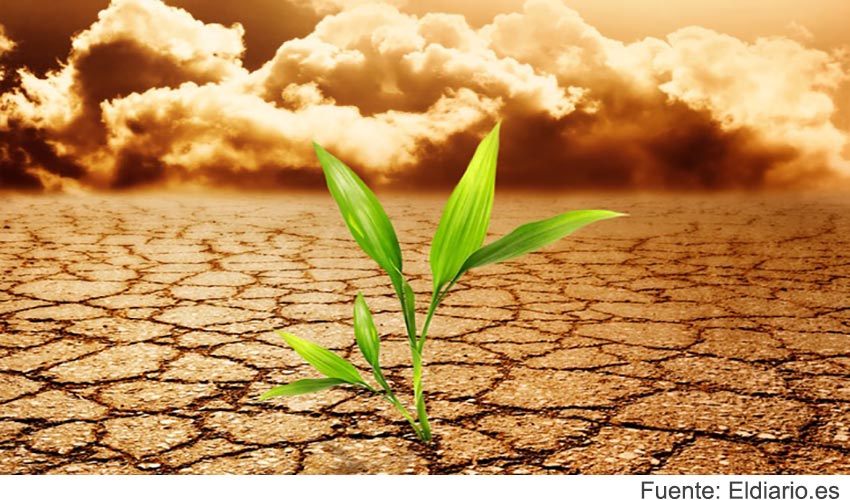
Resilience is the ability of a species or system to recover from a disturbing agent. In terms of global warming, resilience refers to the capacity of an ecosystem to absorb disturbances without significantly altering its structural and functional characteristics, and can return to its original state after the adverse factor has ceased. The Paris Agreement places special emphasis on increasing mitigation, adaptation and resilience capacity to reduce vulnerability to climate change.
The Green Climate Fund
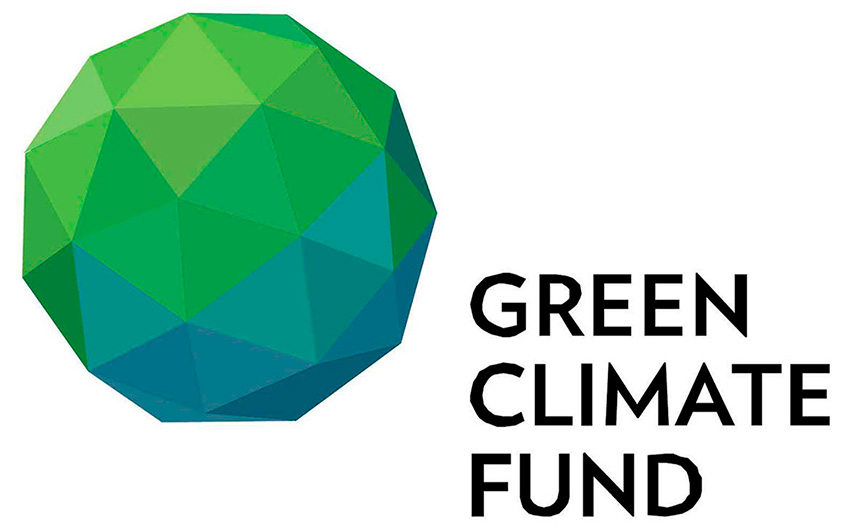
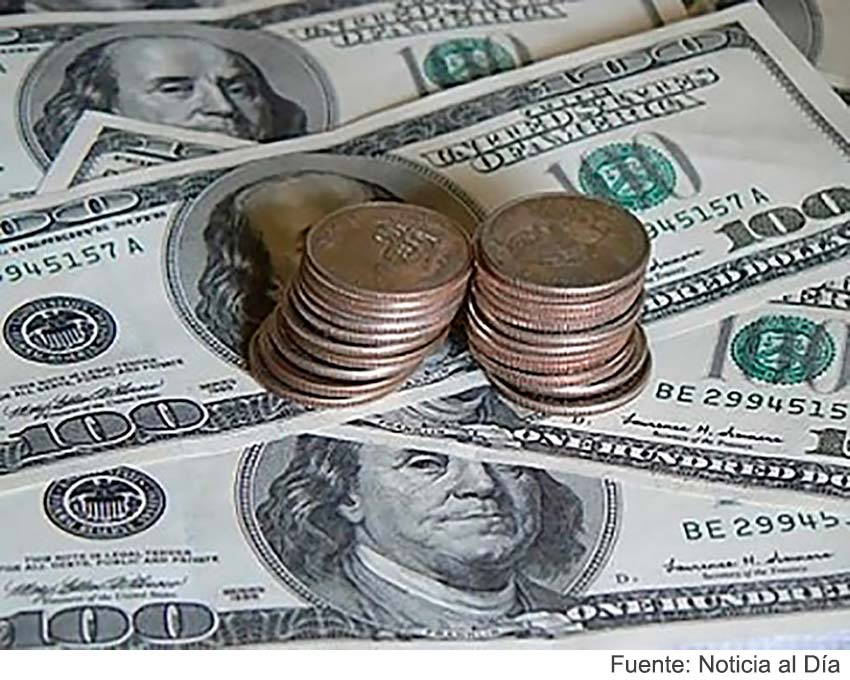
The objective of The Green Climate Fund is to raise US $ 100 billion annually from 2020 and US $ 30 billion for the period 2010-2012, to help low-income countries to finance their adaptation, mitigation and resilience needs, related to climate change. However, this figure is not official, since it has not yet been defined where the money will come from. It has been argued that the most industrialized countries are the ones that put most of the funds, which could also come from the private sector.
The theme of “Ambition”
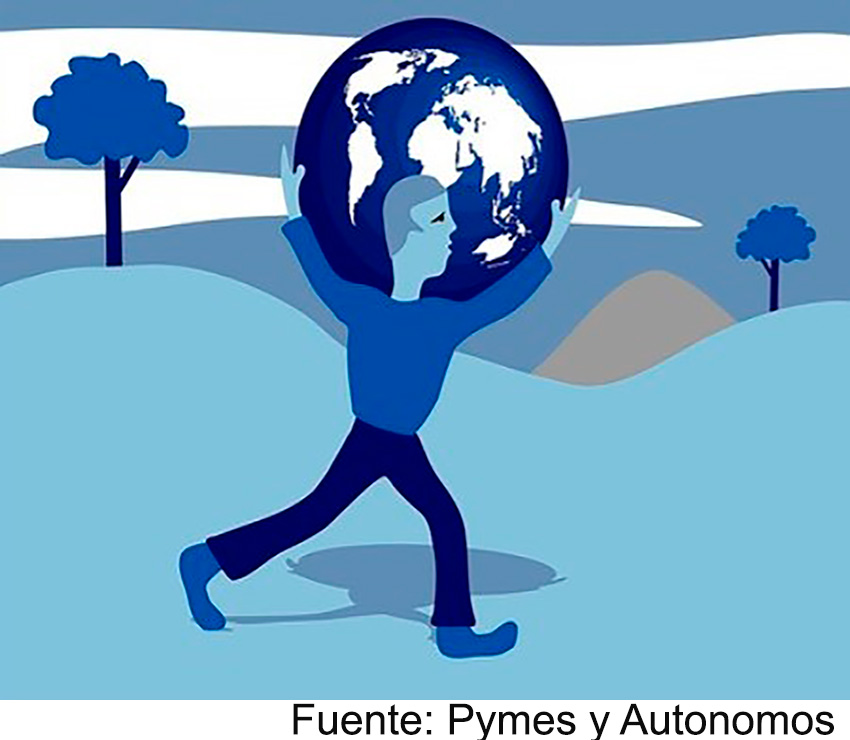
The Paris Agreement contemplates a system of ambitions by which each of the parties must establish their own level of ambition in order to achieve their objective or contribution to reach the overall objective. These particular ambitions will be reviewed every five years, beginning in 2023. During the state supervision of each party, elements of the Agreement will be considered, such as commitments to reduce emissions, the status of adaptation and implementation, with emphasis on financing and the good use of funds for this.
Threats that may affect the Paris agreement

The great dependence of some countries producing oil, coal and gas for domestic consumption and / or exports, which could lead to non-compliance with the agreements.
The exploration and discovery increases of large hydrocarbon deposits, which do not seem to stop, will increase the production of oil, coal and natural gas.
The implementation of fracking or hydraulic fracturing, an unconventional technology used to release hydrocarbons embedded in rocks of very low porosity, in great depths that can exceed three kilometers.
That important unanticipated amounts of carbon are released into the atmosphere, from permafrost deposits, in frozen places, although without ice, due to the effects of global warming itself.
That significant unanticipated amounts of carbon are released into the atmosphere from peat bogs due to the felling and burning of forests
That the entire Green Fund, 100 billion dollars per year, starting in 2020, should not be combined to help low-income countries meet their national goals of the Paris Agreement.
The inability to effectively control the commitments acquired by each country.
Corruption in many countries could divert resources from the Green Fund to different destinations for which they were created.
The obstacle of the deniers of global warming and climate change, which could fail the climate agreements reached in Paris, in 2015.
That one or several countries, large polluters, withdraw from the Paris Agreement.
A global economic crisis that diverts the attention and resources necessary to meet climate goals.
A great war that distracts governments from the fight against climate change.
What would happen if the goals of the
Paris Agreement were not met?

The goal of limiting the global increase to more than 2 ° C would be affected, with the consequent dangers.
The sea level would increase with loss of human and material lives along the coasts and low places.
There would be great droughts that would affect harvests and there would be famine and hyperinflation.
There would be a serious shortage of drinking water on a planetary scale.
There may be imbalances in the food chains.
The extinction of species from all kingdoms could occur: animals, plants, algae, fungi, ferns and viruses, all important to maintain the biological balance woven by nature for millions of years.
Recommended reading: 25 years in 10 minutes
.
In just ten minutes, find out what has happened over the past 25 years at meetings
on climate change
The COP21 in Pics
